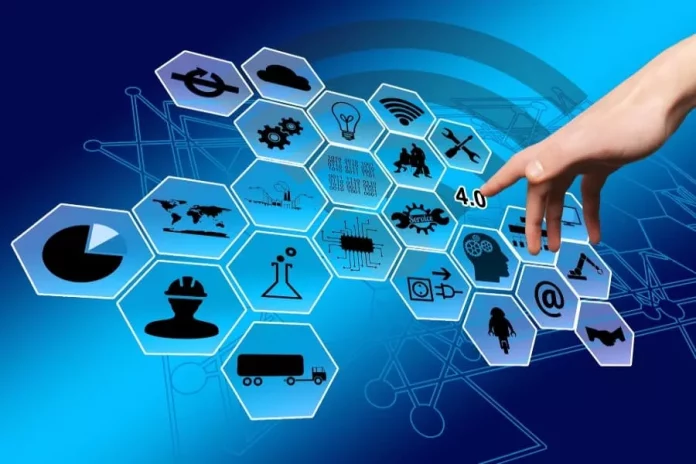Even if you don’t know what the Internet of Things is, you most likely have used it. The term IoT was first used in 1999, but it gained real value only in the last several years. Right now, there are more than 13 billion IoT devices connected worldwide.
Some people celebrate the Internet of Things as a new way of life. Meanwhile, others point out its potential dangers. It’s easy to get lost in the myriad of opinions, so we’ll explain what it’s all about.
What Is The Internet Of Things?
An IoT device is any physical object that runs on software and can communicate over the Internet. Simple, right? No. In reality, IoT devices restructure apartments, businesses, shopping habits, the healthcare industry, and more.
The idea of connecting a device to the Internet is straightforward. But its effects are much more complex. The forefather of critical media theory, Marshall McLuhan, argued that “the medium is the message.” According to the philosopher, the real value of a particular technology lies within the social environment changes. In other words, it’s much more important to understand what a specific technology does to our way of life – its message. Focusing on its exact functions is secondary.
The logic applies perfectly to the Internet of Things. For example, smart refrigerators are popular IoT devices. Functionally, they can monitor food expiry dates, remind you of shopping needs, schedule meal times, etc. From the social perspective, we see a shift in food consumption habits, relying on technology to do some jobs for us. There’s less time spent in the kitchen with the ability to check on your veggies on a smartphone.
This applies to most IoT devices. Smart cars aim to change our driving habits radically. The Netflix algorithm will pick the next movie to watch on your smart TV. There’s an iKettle you can turn on via smartphone when it’s too early to get out of bed, but you need coffee.
To summarize, IoT devices are much more than just physical objects connected to the Internet. They actively change the way we interact with our environment. The comfort benefits are obvious, yet they come at a price. Here’s another side of IoT.
Security Issues
IoT devices are causing headaches for cybersecurity experts. We recommend paying close attention if you have one or more IoT devices at home.
A concrete example best illustrates cybersecurity’s importance. In a scary incident, a cybercriminal hacked a Victure Baby Monitor camera and frightened the two-year-old at 2AM every night for a month. Finally, the mother noticed a “shushing” voice coming from the device and removed it from the toddler’s room.
Sadly, it’s reasonable to expect more crimes like this. People were hasty to invite IoT devices into their homes without considering their security.
IoT devices significantly differ from traditional computers. They lack computational power. Because they can’t support sophisticated software, they can’t run advanced cybersecurity programs. For example, a decade-old computer can run a contemporary AntiVirus without much trouble. Simultaneously, it’s an impossible task for IoT devices like cameras, speakers, or iKettle.
It’s best to take IoT security into your own hands. Even if you’re not tech-savvy, there are easy steps that will significantly increase your cyber safety.
One of the most common issues is bad password management. People connect IoT devices to the Internet without thinking about their passwords twice. Moreover, IoT devices come with the manufacturer-issued default password, which is not the best option.
We recommend using a password manager if you have more than one IoT device. Let’s be honest; the worst part of a password is forgetting it. And long, unique, and complex passwords are nearly impossible to remember by heart.
A reliable password manager stores all your passwords in a single secure vault. You only have to remember one password – the manager will take care of the rest. Moreover, you can create unique passwords of any length and use them for each device. It will prevent popular password hacking methods like Credential Stuffing and block unauthorized access.
Remember, your IoT device is connected to your home network. Unprotected, it could become a gateway to your computer.
Final Words
IoT is definitely a game changer. It is changing our daily lives for the better. However, all rapidly expanding technology has its price. Taking care of IoT device security costs only a few hours every few months, but it will save unnecessary troubles in the future.

